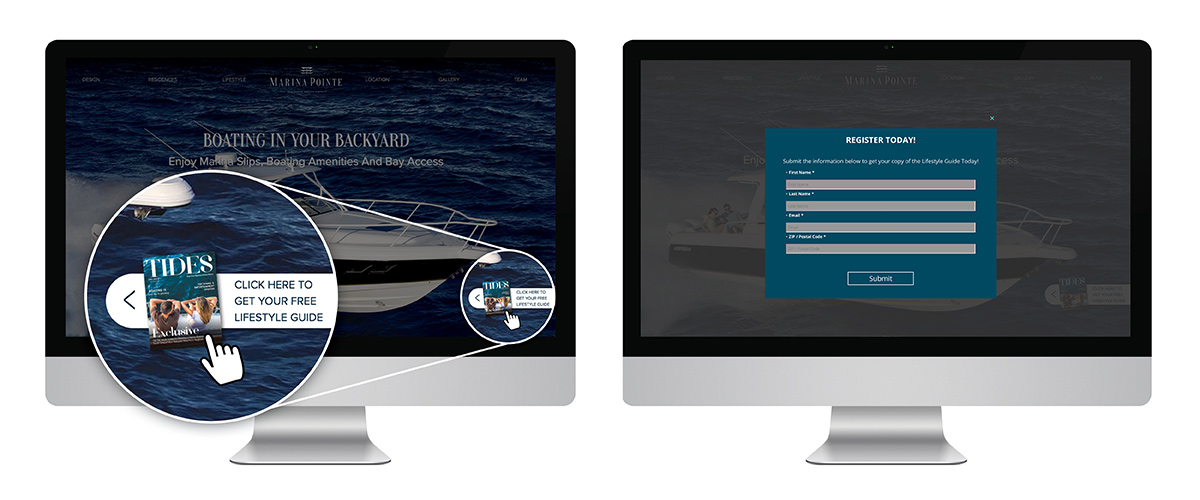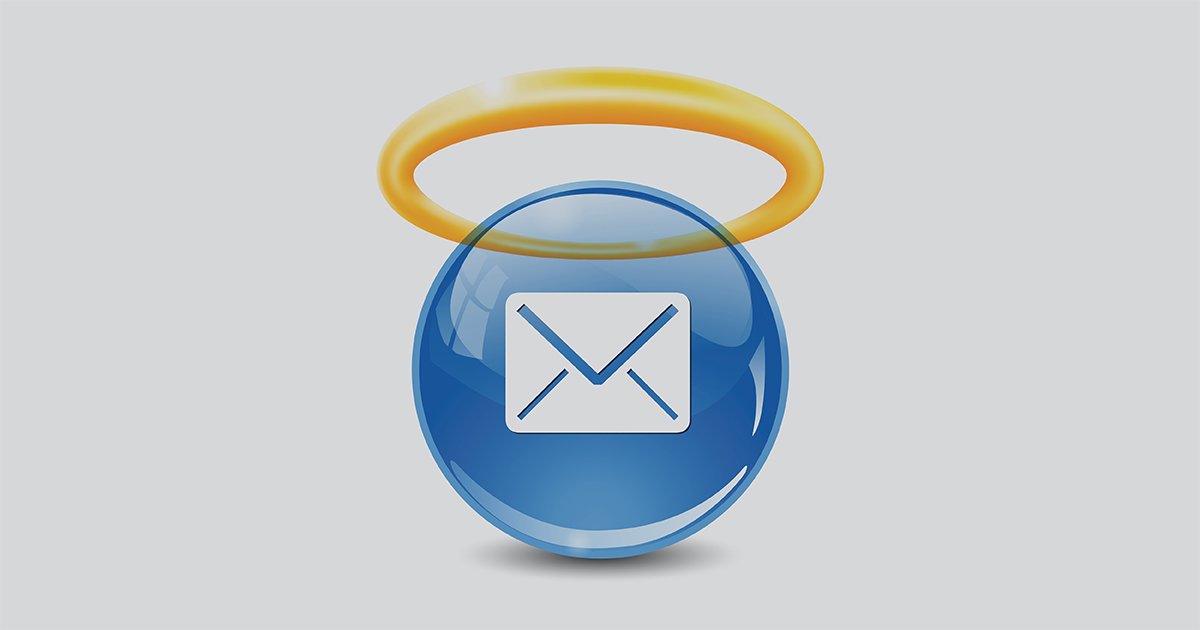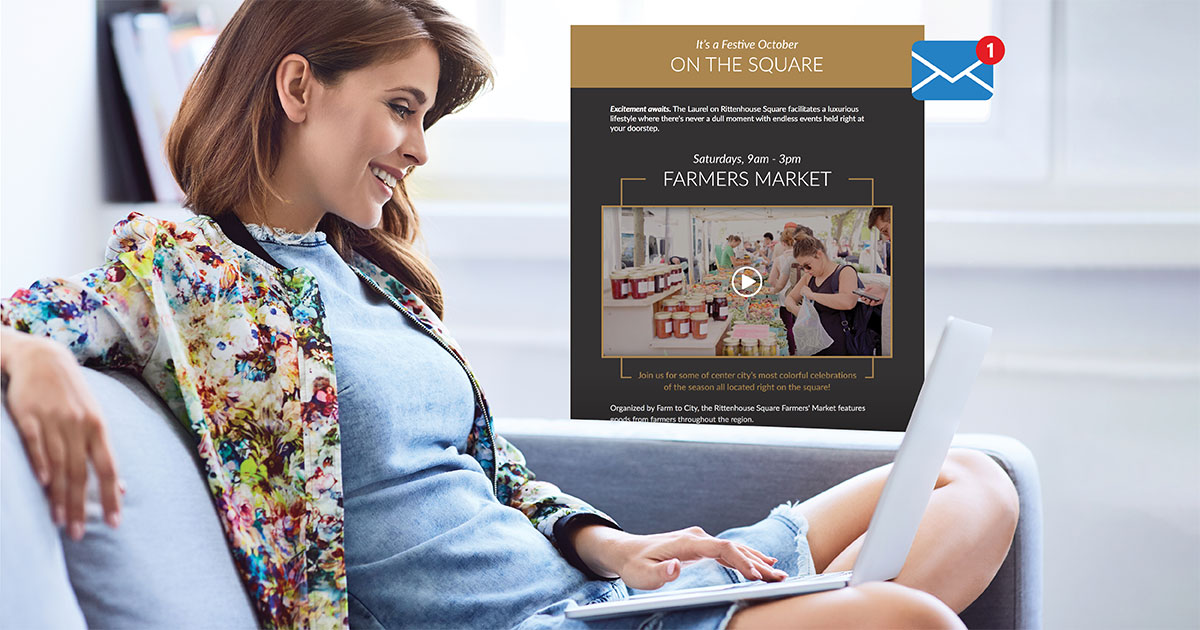23 Jan E-Marketing: Prevent Emails from Going to Spam
Regardless of the industry or the product, email marketing should be a top priority for companies in the new year. Emails traditionally have an average inbox placement rate of about 85%, which seems impressive at first glance. However, this also means approximately one out of every five messages will get flagged as a spam email.
The digital team at United Landmark Associates regularly crafts strategic, beautifully designed email marketing campaigns for luxury and real estate clients, and provides expert insights that will improve your chances of landing in a consumer’s primary inbox instead of their junk email folder.
In this post, we’ll explore our top tips to stop emails from going to spam, which include:
1. Limiting email frequency
2. Streamlining subject line
3. Keeping content relevant
4. Clarifying field addresses

What is Spam?
First off, let’s touch on what qualifies as “spam.” Spam is broadly defined as an unsolicited mass email that is sent for commercial purposes – its unusual name was actually inspired by a 1970s Monty Python sketch about the other well-known Spam, a canned lunch meat that was depicted throughout the sketch as a tiresome and inescapable product.
Although it’s easy to think of spam emails as deliberately malicious or blatantly salesy, modern-day consumers now consider unwanted or unrequested messages to be spam as well. A recent study showed that up to 45.8% of consumers marked messages as spamwhen the emails arrived too often, 36.4% marked messages as spam when they hadn’t subscribed to the list in the first place, and 31.6% marked messages as spam due to irrelevant content.
Why Do Emails Go to Spam?
The golden rule of e-marketing is securing consent. Regardless of the content or the industry, companies are required to have permission to email a consumer or they’ll be in direct violation of the CAN-SPAM Act and violators will be subjected to a hefty fine…not to mention the emails will inevitably wind up going to spam anyway. The best and most efficient way to secure permission is through an opt-in form on a website, which requests details such as first and last name, email address and sometimes even phone numbers or ZIP codes.
In real estate marketing, we find that lead generation tools such as lifestyle guides or digital brochures also help companies secure a higher number of emails for their database. These types of materials provide the consumer with an immediate reward in exchange for their contact details, and tend to get them excited about, or more interested in, future communications.

Here are a few other reasons your emails are going to spam:
Low engagement rates
If emails are deleted without being opened or simply sit in an inbox unread, webmail providers are likely to mark future communications as spam.
Misleading subject lines
It is against the law to use deceptive or misleading subject lines to trick consumers into opening an email. A subject line must accurately reflect the content of the message.
Missing unsubscribe link
All non-spam emails must include an unsubscribe link or another opt-out feature. Opt-out requests must also be processed within 10 business days.
Trigger words
Marketing emails risk being flagged as spam when subject lines and body copy incorporate trigger words such as “click below,” “visit our website,” and even “sales”

How to Stop Emails Going to Spam
Now that we’ve answered the question of “Why are my emails going to spam?”, let’s explore the top ways to keep e-marketing communications in consumers’ inbox versus the junk mail bin.
Limit email frequency
Although companies are thinking of their brand and product 24/7, it’s safe to assume that consumers have a lot of other things on their minds, not to mention in their inboxes. And with 45.8% of consumers marking messages as spam due to high frequency, our digital experts recommend sending one email per week at the most.
Streamline subject lines
Subject lines should be snappy and straightforward, capturing a recipient’s interest without deceiving them about the content. Research shows that emails with the highest open rates have subject lines between 1-20 characters, which is partially due to the fact that 54% of email opens are on mobile devices.
Keeping content relevant – and provide value
Each and every email should be relevant not only to your brand or product, but also to your audience. Remember that 31.6% of consumers mark messages as spam due to irrelevant content. Because that is mostly subjective to the user, you’ll want to make sure that your e-marketing communications are timely and relevant and provide value to the reader.
In the luxury real estate industry in particular, content could range from sharing a new purchasing incentive or an exciting construction update to showcasing a floorplan that needs a sales boost or featuring the high-end home finishes.
Clarify field addresses
Make it clear who the marketing emails are coming from, since changing the “sender” field or having multiple sources distribute emails can confuse consumers or make them suspicious about the contents.
Emails from unknown senders are much more likely to be marked as spam. We recommend a simple “from” field that includes the product name and an info@domain-type email.
Tap into Email Marketing Expertise
United Landmark Associates has more than 30 years of experience in the luxury and real estate industries, and is one of the leading marketing agencies in Tampa Bay. Our talented team provides each and every client with a comprehensive suite of unique marketing services, including tailored digital strategy and digital marketing. Contact us at 813-870-9519 or fill out our contact form to find out how we can support and elevate your present or future campaigns.



